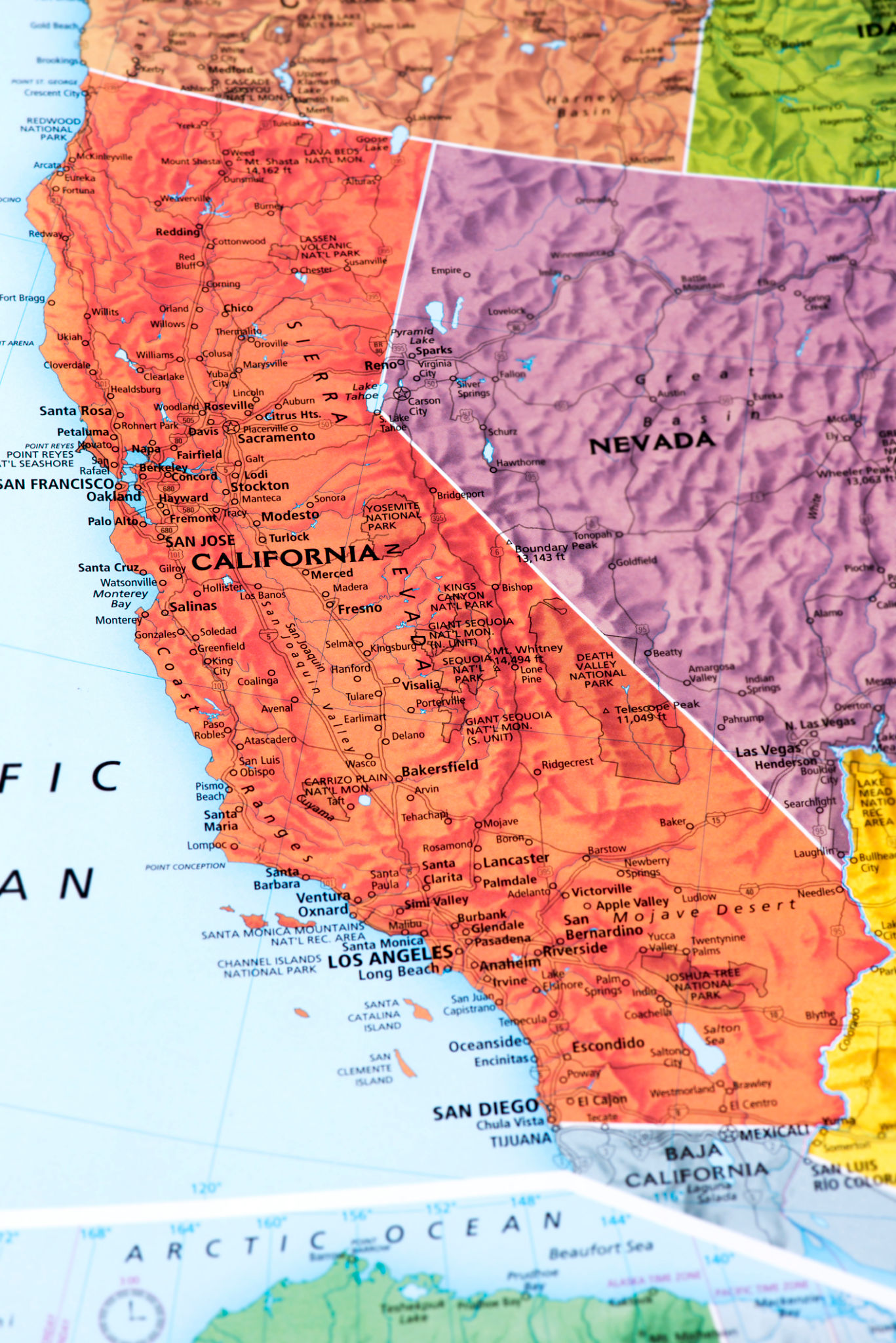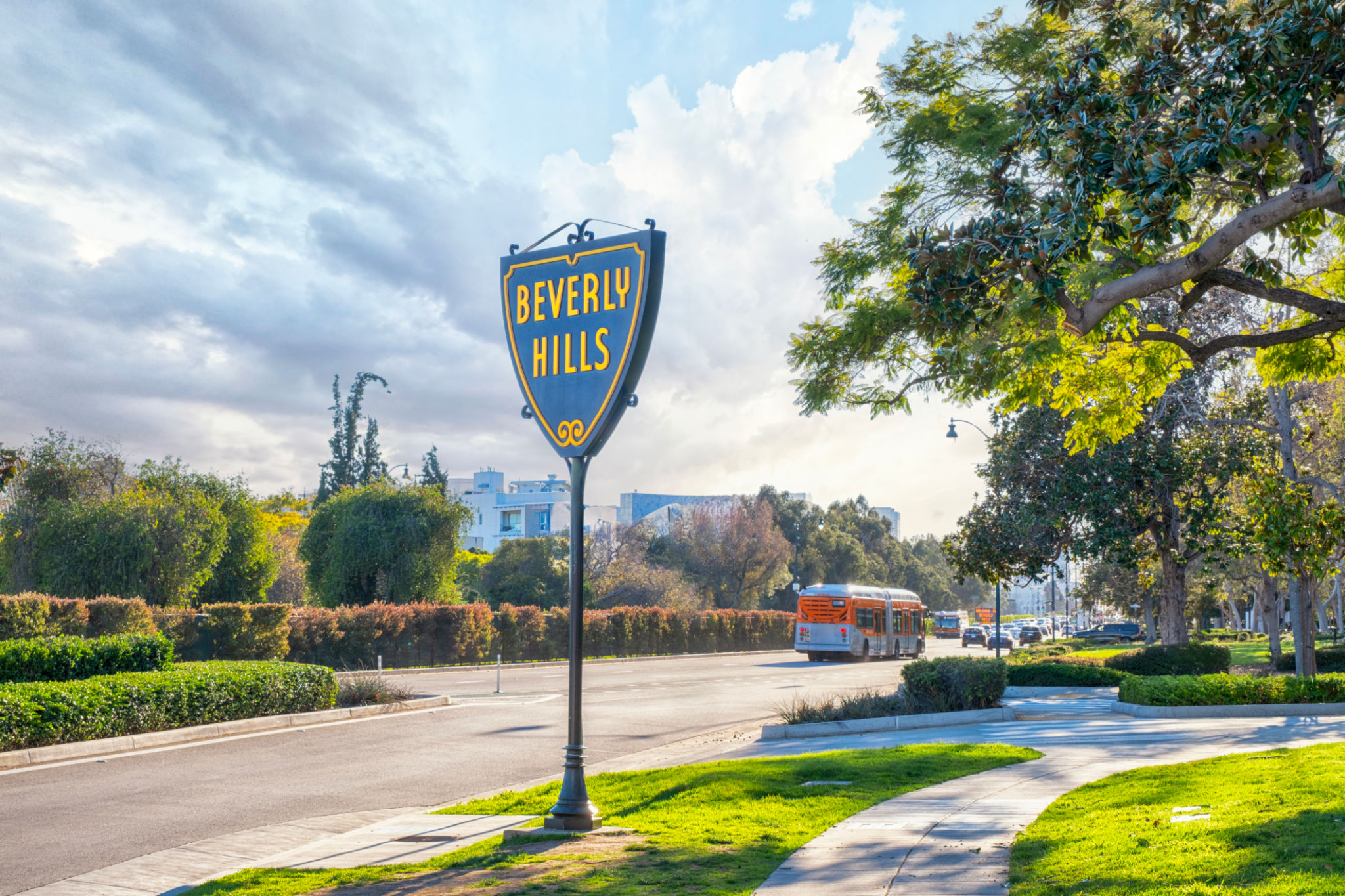California Foreclosure Bailout Loan
California Foreclosure Bailout Loans for Commercial Property – Save Your Building Before It’s Too Late
The fight to keep your Property might come down to foreclosure bailout loan from Global Capital Funding commercial lenders as your last defense. California business owners face a particularly tight timeline - the foreclosure process can complete within 120 days after receiving notice.
The pressure feels overwhelming at this point. Your options narrow down to three choices: immediate payment of all past due amounts, selling your property, or securing a foreclosure bailout loan to keep the commercial property. Many California commercial property owners see the third option as their best chance for survival.
A foreclosure bailout loan provides specialized financing that helps you avoid losing your property by refinancing your mortgage and settling overdue payments. These financial solutions range from $250,000 to $100 million, based on your property's value and lender requirements. The quick approval process ensures you get funds fast enough to meet urgent deadlines.

Understanding Foreclosure Bailout Loans
Commercial Property owners who don't deal very well with mortgage payments should know their options. Foreclosure bailout loans give you a vital chance to keep your property when money gets tight.
What is a foreclosure bailout loan?
A foreclosure bailout loan helps commercial property owners who might lose their property. It's a special mortgage that refinances your entire defaulted loan balance. These loans come from private lenders who don't mind your recent late or missed mortgage payments. Private lenders look at your property's value more than your credit history. This makes these non-traditional mortgages available to people with credit scores as low as 500.
How it helps stop foreclosure
Foreclosure bailout loans stop the foreclosure process in several ways:
- Immediate debt resolution - The loan pays off your current mortgage balance and stops the foreclosure by clearing the delinquent loan.
- Timeline interruption - Your property stays yours once the original loan is paid off. The previous lender's foreclosure progress stops right there.
- Financial reset - You get some breathing room to fix your finances and work toward a long-term solution.
The loan can quickly release funds to prevent the sale if your lender has scheduled an auction date. Speed matters here because traditional financing usually takes too long to beat foreclosure deadlines.
Types of bailout loans available
You'll find different types of foreclosure bailout loans for various situations:
- Full refinance loans - A new loan replaces your entire mortgage and stops the foreclosure.
- Reinstatement loans - These smaller loans help you catch up on your defaulted loan.
- Debt consolidation bailout loans - These unite other debts with your mortgage. Your total monthly payments go down, making it easier to catch up.
- Short-term bridge loans - These last 1-3 years with interest-only payments. They give you time to improve your finances before you look for regular financing.
Interest rates run higher than regular mortgages (usually 8-15%). Still, these loans are a great way to get short-term help when regular financing isn't an option.
When and Why You Might Need One
Financial trouble sneaks up without warning bells. You can save your commercial property by spotting early signs of foreclosure risk. Let's get into when you might need a foreclosure bailout loan and why timing makes all the difference.
Recognizing signs of foreclosure risk
These warning signs point to potential foreclosure:
- Missing mortgage payments (typically 3-4 consecutive payments)
- Late utility bill payments
- Growing credit card debt
- Life changes that hit your wallet - job loss, divorce, or medical expenses
- Your lender's pre-foreclosure notice
Your lender will issue a Notice of Default after several missed payments - this kicks off the foreclosure process. The clock starts ticking from this moment.

Why timing is critical in California
California's foreclosure process moves at lightning speed. Owner-occupied properties with a first trust deed give you 120 days before foreclosure begins. The Notice of Default starts a 90-day countdown to pay what you owe. A Notice of Trustee Sale follows, and you get just 20 more days until your property goes up for sale.
Quick action is vital. You can reinstate the loan by paying arrears until five days before the foreclosure sale. Finding a foreclosure bailout loan becomes harder the deeper you go into foreclosure.
Alternatives to think about before applying
Check these options before turning to foreclosure bailout lenders:
- Ask your lender about forbearance to reduce or pause payments
- Try getting a loan modification that extends terms or cuts interest rates
- A deed-in-lieu transfer might work if keeping your home isn't possible
- Look into business owner Assistance Fund and other government programs
- Bankruptcy, especially Chapter 13, could help catch up on mortgage payments as a last option
Foreclosure bailout loans pack higher interest rates and shorter terms than regular financing. You should turn to them only after exhausting other options.
Note that foreclosure bailout loans usually need at least 35% equity in your property. These loans accept credit scores from 350-500, based on the lender's criteria.
Loan Terms, Eligibility, and Risks
You need to know the basics of foreclosure bailout loans before you sign any agreement. These specialized loans are different from traditional mortgages in several ways.
Typical loan terms and repayment periods
The amount you can borrow through foreclosure bailout loans ranges from $250,000 to $100 million. This depends on your property's appraised value and the lender's loan-to-value (LTV) criteria. Most lenders will offer LTV ratios between 50-65% of your property's value.
These loans work differently from conventional mortgages. They come with shorter terms that last 1 to 3 years. Most lenders structure them with interest-only payments during the loan term. The principal becomes due when the loan matures. The interest rates are much higher than traditional financing. They usually fall between 8% and 15% because lenders take on more risk.

Who qualifies for a foreclosure bailout loan?
Lenders have different requirements, but some common factors determine if you qualify:
- Equity position: You need much equity in your property. Lenders prefer an LTV ratio below 80%
- Property status: Owner-occupied loans require you to live in the property as your primary residence
- Financial hardship: You must show why making mortgage payments became difficult
- Foreclosure status: You should be behind on payments or have received a Notice of Default
Your credit score matters less than it would with traditional loans. Most foreclosure bailout lenders care more about your property's value than your creditworthiness.
What documentation do you need for a foreclosure bailout loan?
Lenders will want to see that you have your financial house in order—even if things are rocky. To apply for a foreclosure bailout loan in California, have these documents ready:
- Recent pay stubs or proof of income (for all borrowers)
- Last two years’ tax returns, including W-2s or 1099s
- Mortgage statements showing your balance and payment history
- A current property tax bill
- Homeowner’s insurance policy page
- Bank statements for the past 2-3 months
- Government-issued photo ID
Some lenders might also ask for a hardship letter explaining why you’ve missed payments, or documentation of any legal notices received (like the Notice of Default). The exact list can vary, but having these basics ready can speed up the process and improve your chances.
Understanding owner-occupied vs. investment property loans
The difference between owner-occupied and investment property loans is vital. Owner-occupied loans often come with better terms because lenders see them as less risky. Some lenders only work with investment properties and won't handle primary residences.
Investment property loans focus on the property's value and income potential rather than your finances. Owner-occupied loans might need more proof that you can repay the loan.
Get the Loan You Need to Stop Foreclosure in California
Facing the threat of foreclosure can feel overwhelming. You may be filled with anxiety, worrying about your commercial property and financial future. But you don't have to navigate this challenging time alone. At Global Capital Funding, we understand your situation and are here to help you explore your options.
Why Choose a Bailout Loan?
A bailout loan can be your lifeline in these trying times. These loans are specifically designed to provide immediate financial relief, allowing you to catch up on your mortgage payments and prevent foreclosure. Our experienced team is dedicated to helping you secure the funds you need quickly and efficiently.
What Makes Us Different?
Unlike traditional lenders, we prioritize speed and flexibility. We know that time is of the essence when it comes to foreclosure prevention. With Global Capital Funding, you can expect a streamlined application process that gets you the money you need in as little as two weeks. Our commitment to your financial well-being sets us apart from the competition.

Your Path to Financial Stability
Imagine turning your financial situation around and regaining control over your property. With a bailout loan, you can not only stop foreclosure but also pave the way for a brighter financial future. Our team will work closely with you to tailor a solution that fits your unique circumstances.
Ready to Take Action?
Don't wait until it's too late. Contact us today for a consultation and let us guide you through the process of applying for a bailout loan. You can also apply for a loan online and take the first step towards financial recovery.
Remember, you are not alone in this journey. Together, we can build a roadmap to your success and ensure that you keep your property and your peace of mind.
Conclusion
Quick action and smart choices matter when dealing with commercial foreclosure in California. Foreclosure bailout loans are definitely a lifeline when regular financing isn't an option, especially when you have substantial equity but your credit has taken a hit. All the same, these loans pack higher interest rates and shorter terms that just need a solid exit plan.
You'll find many lenders out there, but working with trustworthy ones who value transparency and stay away from predatory practices makes all the difference. On top of that, it helps to learn about loan modifications or government assistance programs before jumping into a bailout loan - you might find more affordable options.
California's foreclosure timeline moves at lightning speed - you only get 120 days after missed payments before the process kicks in. Your chances of keeping your property improve substantially when you spot warning signs and take action fast. A solid grasp of your property's equity, loan terms, and what it takes to qualify will help you make better choices during tough times.
Bailout loans can help right now, but they're just a temporary fix. Your main goal should be getting your finances back on track and building a green plan to either refinance with a regular mortgage or sell the property your way. This strategy puts you back in control of your financial future instead of just buying time.
